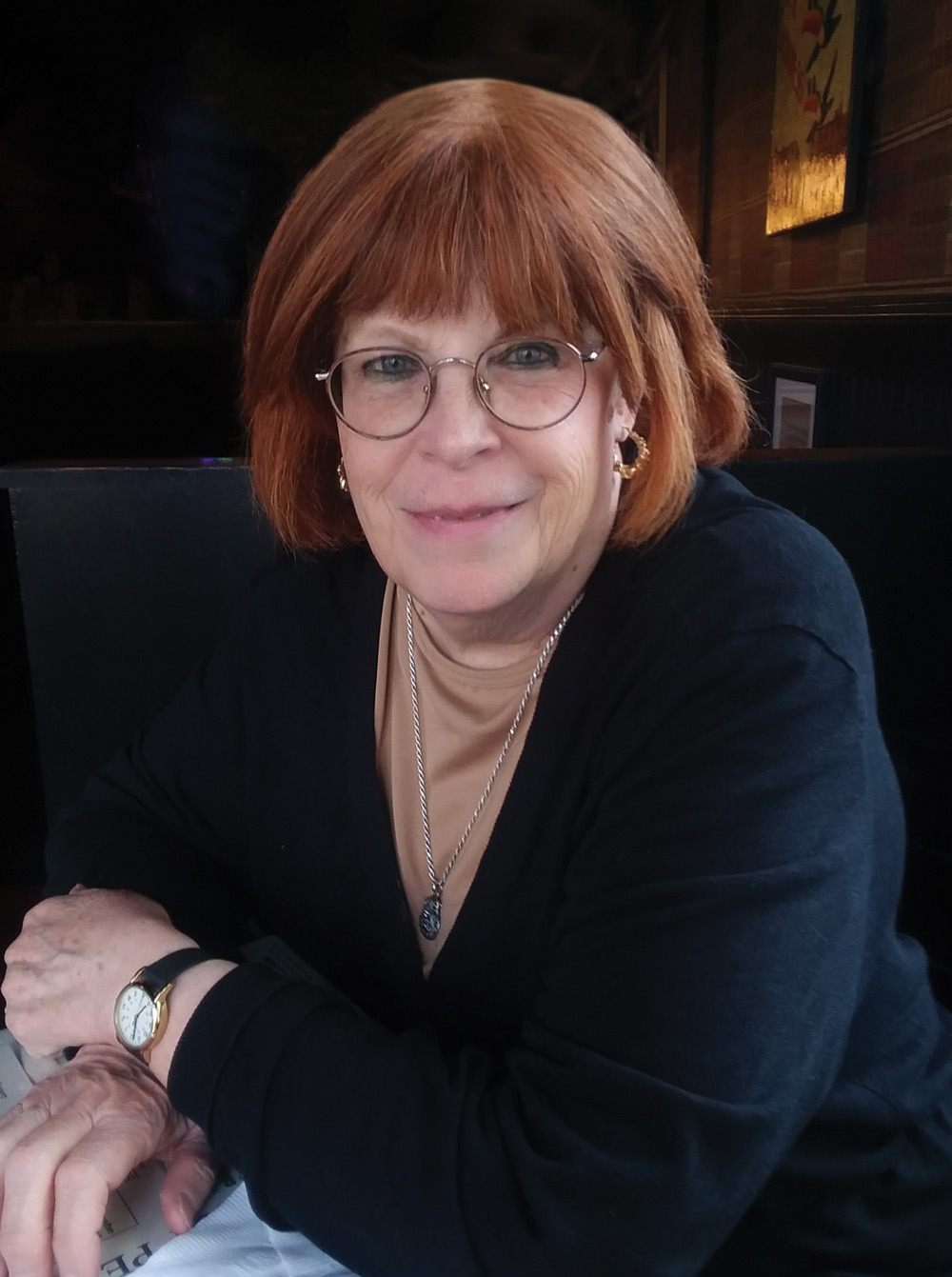A Degree Three Decades in the Making
In her first go-around, she was a visiting nurse looking to earn a bachelor’s degree. But juggling work, family and school became too much, so she took a break.
Ms. Walsh-Horowitz returned to SJNY in 2004, picking up where she left off. But life intervened again.

After retiring as a clinical nurse and entering the Chaplaincy program at North Shore University Hospital in Manhasset, Ms. Walsh-Horowitz finally found her way back again to St. Joseph’s last September. She’s on track to graduate with a bachelor’s in general studies with a certificate in religious studies in January 2025.
Ms. Walsh-Horowitz, a southeast Queens native, began her nursing career at Memorial Sloan-Kettering Cancer Center.
She has worked in the opeating room at NYU Langone, in trauma at Brookdale Hospital in Brooklyn and in Home Care in Brooklyn.
Her decision to become a board-certified chaplain stemmed from her experience at Memorial Sloan-Kettering.
“I worked nights and would always see this little lady running around starting at 5:30 a.m.,” the Fresh Meadows resident explained. “I asked one of my co-workers who she was, and she told me she was the chaplain. I was enamored by her ability to work with patients who were exhausted and so scared to be facing surgery, and just turn their faces into a look of peace by spending just a few minutes with them.
“I thought to myself, ‘I would love to be able to do something like that,’” Ms. Walsh-Horowitz continued. “I have always had her in my mind for so many years of nursing. Being in this chaplaincy program is one of the most rewarding things I have ever done. As a nurse, you never have any time to speak to patients, but as a chaplain, there is plenty of time.”
Through her vocations and hobbies, Ms. Walsh-Horowitz always finds ways to serve those around her.
“My grandmother taught me to sew, knit and crochet,” she said. “I belonged to a quilting guild in Manhattan around 2000, and we started to sew little toy animals for kids in shelters. Having been a doll maker and teddy bear maker, I started to make my own bears for kids in shelters.”
Ms. Walsh-Horowitz was working then for the Department of Health and was in nearly every Medicaid clinic in the city. She said the poverty she saw was overwhelming, so she began making teddy bears for the kids.
This year, she passed her 20,000th teddy bear made.
“The bears have gone to shelters, prisons, churches — everywhere there are poor kids,” shared Ms. Walsh-Horowitz, who also makes quilt sets for pregnant women living in shelters, toiletry bags, hand-knit mittens and hats for the homeless.